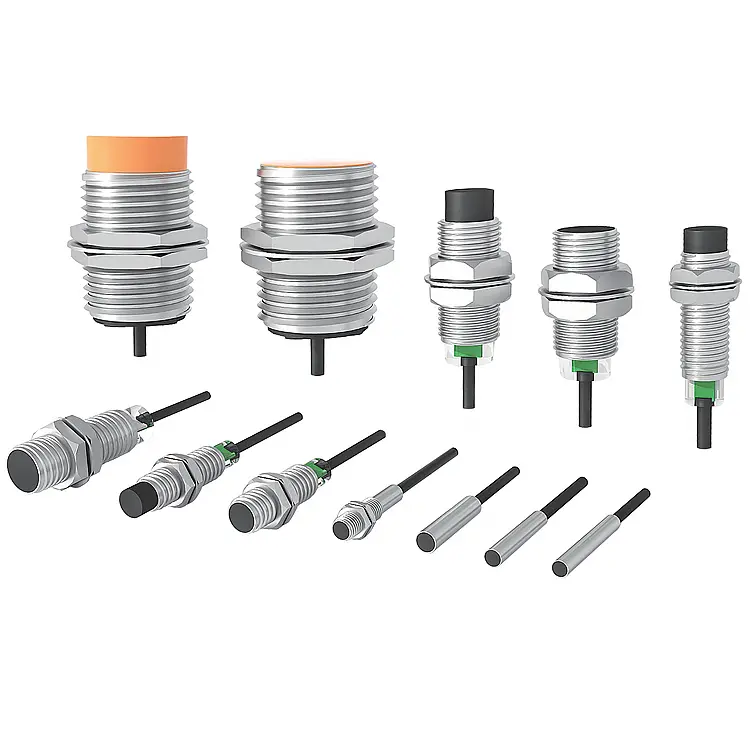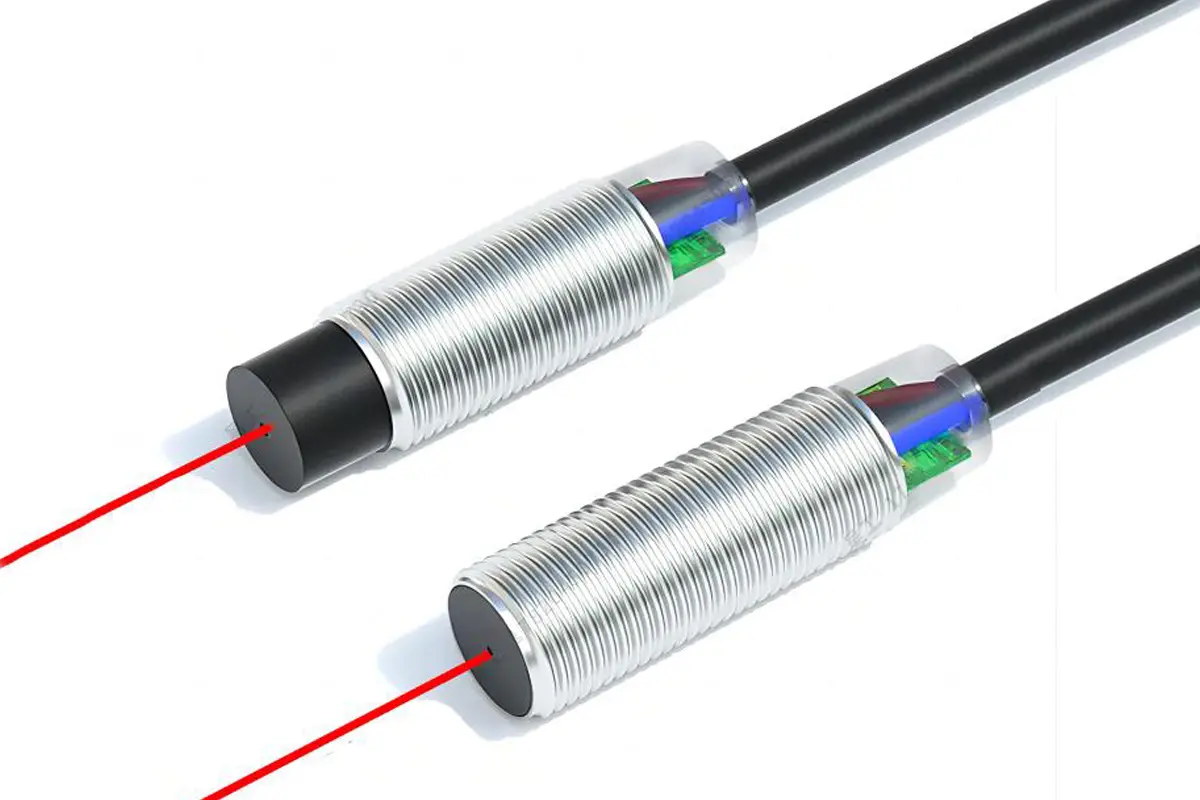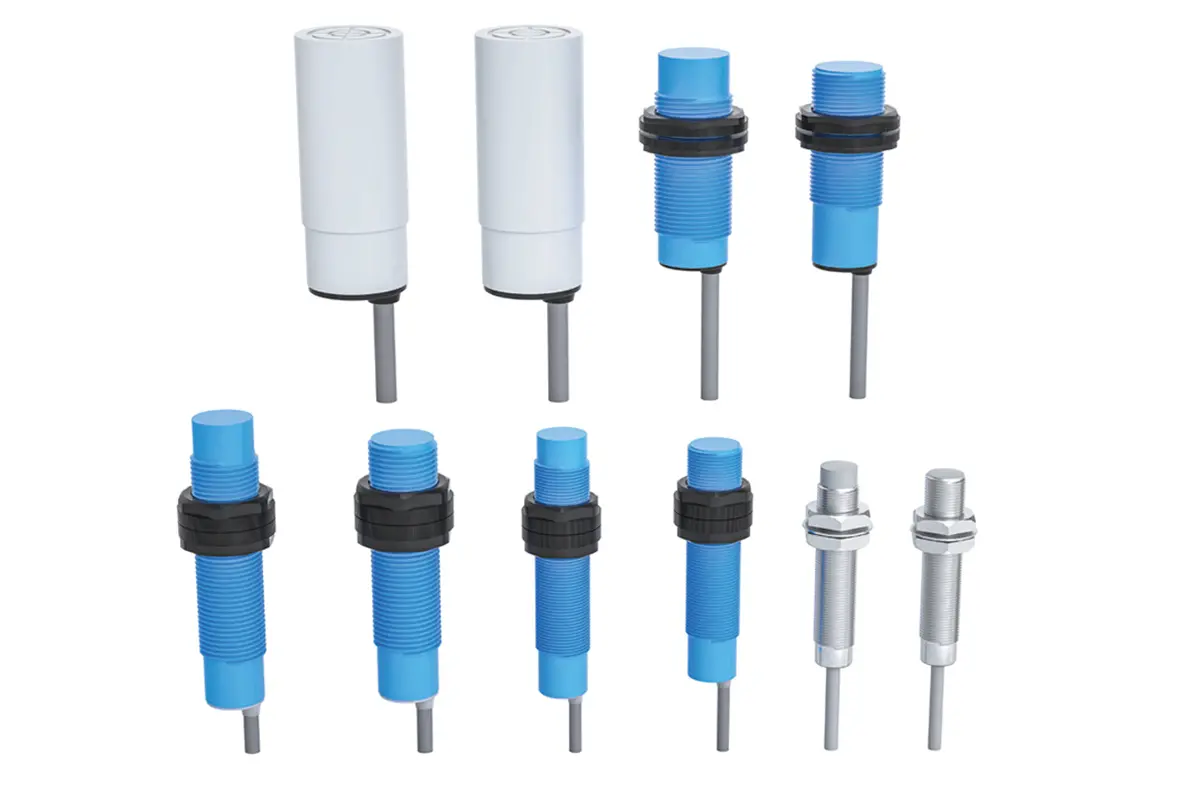2023-04-19
According to the different operating principles, proximity sensors can be divided into inductive, capacitive, photoelectric and magnetic inductive types. Still, it can be separated into AC type and DC type, If the type of compass wind is followed.
The inductive head of an inductive proximity sensor is an inductive coil with a ferrite gut, which can only sensing metal objects.
The oscillator generates an interspersing glamorous field on the face of the inductor head, and when a essence object approaches the inductor head, the internal action of the proximity sensor is actuated, therefore scoring" on" and" off" control.

Magnetic Proximity Switches
Magnetic proximity switches are mainly Hall proximity switches, which work on the Hall effect. When a magnetic object approaches the Hall switch, the state of the Hall proximity switch changes, for example, from "on" to "off".
Capacitive Proximity Switches
The inductor head of a capacitive proximity switch is a circular flat electrode that forms a distributed capacitance with the ground of the oscillation circuit. When a conductor or other medium approaches the inductor head, the capacitance increases and the oscillator stops oscillating and outputs an electrical signal through a shaping amplifier. Capacitive proximity sensors can check essence, non-metals and liquids.
Contactless trip switches, also known as proximity sensors, shoot an" action" signal when an object is neared at a certain distance, without applying mechanical manpower. The use of proximity switches has gone far beyond the general travel and limit protection of travel switches. They can also be exercised for high- celerity counting, celerity dimension, fluid position control, detecting the presence of metal objects, detecting the size of corridor, contactless buttons and as detectors for computers or programmable regulators.

Basic operation of an inductive proximity sensor
Conclusion proximity sensor detector can be detected from the vertical side of the detector body of the proximity dimension, and the detector head can be detected from the perpendicular access to the body under test. The working out distance of the measured body of the proximity detector switch operating distance; independent operation of the temperature and voltage of the floating body sequel from the factual working perpendicular distance. The operating delay time, the response time will be called when the test body enters or leaves the detection range to come. In detector operations, the effects of detecting these parameters should be considered whether the factual situation will be affected.
Proximity switches are classified according to the operating principle: high-frequency oscillation type (detecting various metals), permanent magnet type and magnetic sensitive element type, electromagnetic induction type, capacitance type, photoelectric type and super-generated wave type, and several others. The generally exercised proximity sensor is the high- frequence change type, which consists of change, detection, thyristor and other corridor.

Working Principle of Induction Proximity Switch Sensor
A proximity sensor detector is a device that senses the proximity of an object. It uses the perceptivity of the relegation detector to the object it's approaching for the purpose of relating the object's proximity and outputting a swapping signal. thus, proximity sensor detectors are frequently appertained to as proximity sensors.

